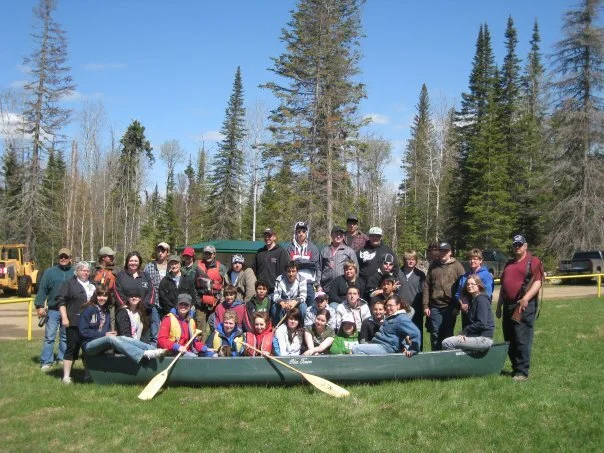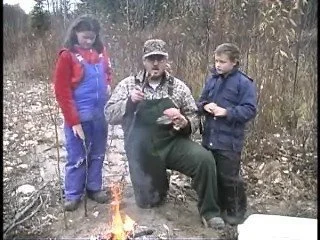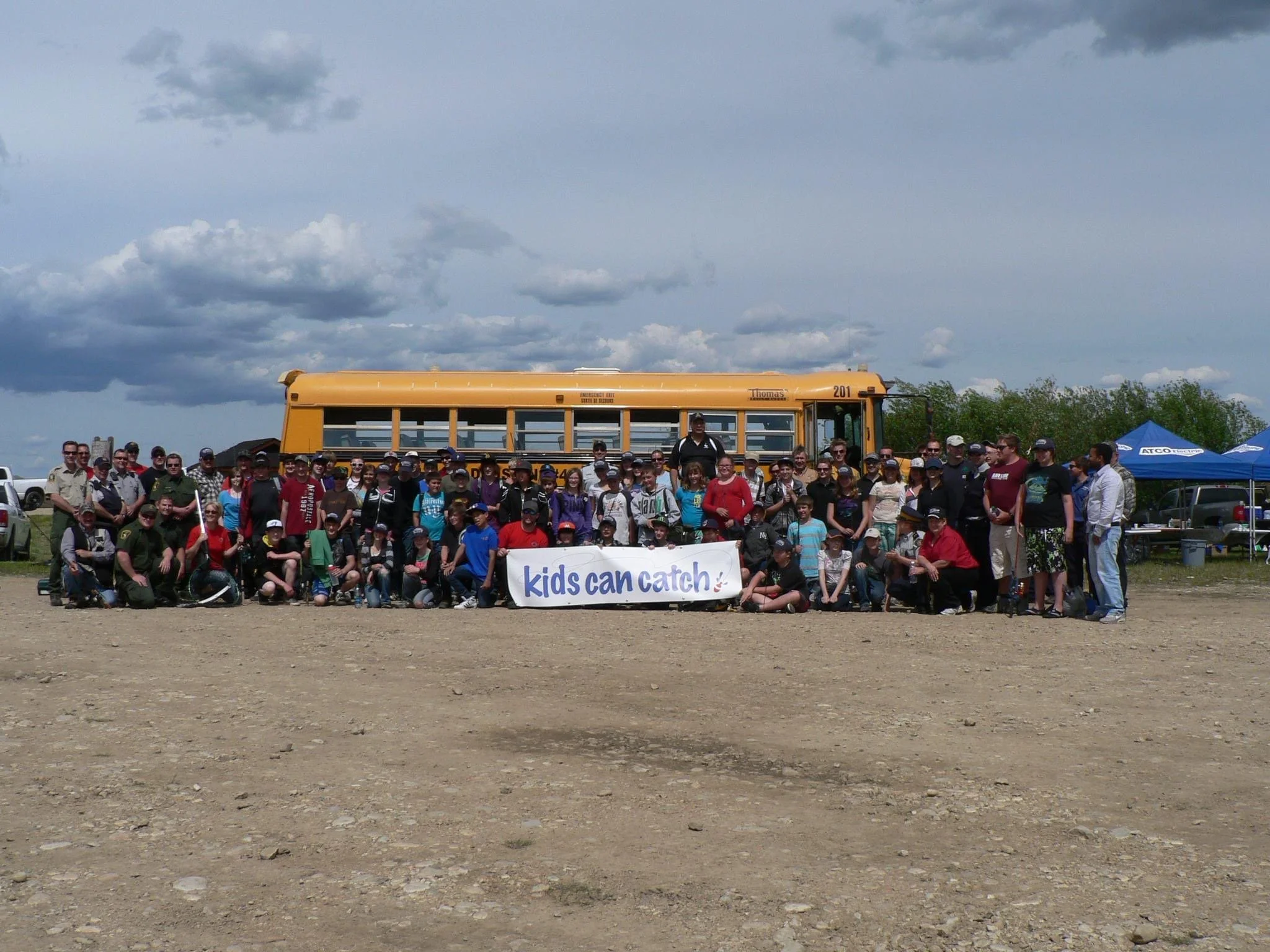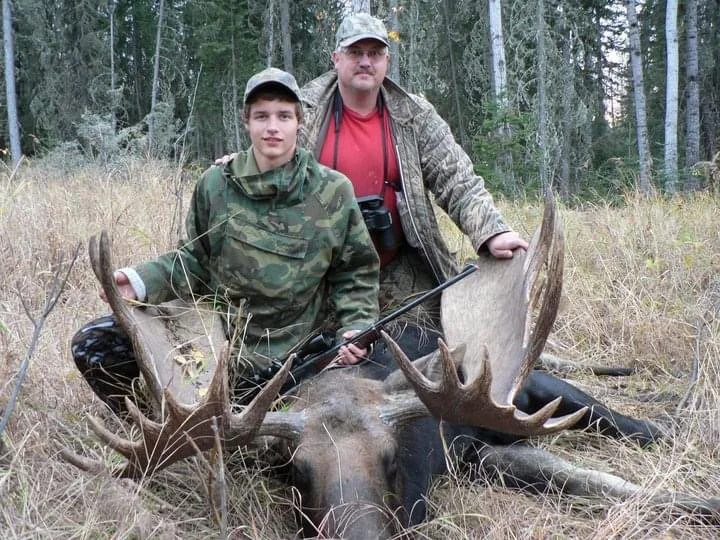Getting Involved
Getting Involved
By Keith Denoncourt
Recently, I was asked, “Why did you join Non-Typical Nation?” I thought to myself, in several ways, I want to preserve, protect, and promote a way of life—while bringing smiles to people’s faces.
Over my 30 years of teaching, I’ve witnessed significant changes in the hobbies and recreational interests of young people. I worry that if I don’t do my part in capturing the wisdom and voices of our Elders, the lifestyle that allows us to live in a clean and healthy manner may no longer be appreciated or valued. The team at Non-Typical Nation shares my beliefs, and I’m honoured to help bring these perspectives forward.
Organizing Yearly Outdoor Education Campouts was my favorite Teaching Assignment ! Getting these students involved with all aspects of Conservation was truly an honor.
I mean no disrespect to those who choose a more suburban lifestyle. However, my appreciation for nature may differ from someone who lives and works solely in the city—and it’s this appreciation that motivates me. When I was young, my father once took me to the place where he grew up in the early 1920s. All that remained of his childhood home was a pile of stones that used to be the chimney of my grandparents' sod-covered house. Back then, they were self-sufficient and deeply connected to their local environment.
As we walked back to the car, my dad asked, “Want to go on an adventure?” I eagerly said yes. He pointed to a nearby creek and told me to keep it on my right and walk about 4 kilometers north, where he’d pick me up at the old schoolhouse. This was the same route he walked to school each day—until he was old enough to ride a horse. When he picked me up, he asked, “Did you see the beaver dam or the bird’s nest?” or “Did you spot any deer or coyotes?” As a child, he made these observations daily. He knew where to find deer, fish, ducks, geese, or the occasional pheasant. When his family needed food, he helped provide it. That was just daily life.
For me, it wasn’t until we moved to a small town that I ventured more than 4 km from home by myself. When I was very young and living in the city, my adventures were mostly limited to a four-block radius.
Today, the trend toward staying indoors and relying on technology is stronger than ever. Sadly, in my later years of teaching Outdoor Education and Conservation, I noticed that students were less interested in remote activities if there was limited cell service. Many now rely more on commercial systems for life’s necessities than learning how to provide for themselves. Not understanding the process of how food gets to grocery store shelves leaves large gaps in knowledge—and in values. The bright lights and digital stimulation of the city can rarely compare to the calm, lasting rewards of being in nature.
Often, this disconnection leads to misinformation and judgment toward those who live closely with the land. Understanding where our food comes from does more than promote healthy eating—it inspires us to protect the environment, conserve wildlife, and create a healthier world. I worry that unhealthy ecosystems, which can no longer support wildlife, will be managed by people who value profit over sustainability. Traditionally, it’s been First Nations, Métis, hunters, trappers, and outdoorsmen who are most connected to—and protective of—these ecosystems.
This growing disconnect from nature is alarming. If we don’t take direct action to teach respectful, hands-on interactions with the natural world, these values may eventually be lost. That’s why I do what I do. Seeing someone smile after experiencing a meaningful outdoor adventure is my greatest reward.
If I can help get you involved in any way or assist in arranging an adventure, please let me know. The team at Non-Typical Nation has personally vetted several outfitters, and we can easily help you plan your next trip. Your involvement directly supports conservation, wildlife management, and the values that preserve this way of life.
Please don’t hesitate to reach out: kadenoncourt@gmail.com
Thank you for respecting wildlife. Always support a non-profit conservation group!
— Keith
By far this is one of my favorite memories. It was with my children as were out hunting. It is one of the best way to eat Ruffed Grouse.
For many years, I organized Winter Ice Fishing Seminars. They were held annually with the help of our local Fisheries Biologists and local Guides. Fish and Wildlife, RCMP, Local Fish and Game Association and Search and Rescue Volunteers were the core components of our team. Complete necropsies, and filleting demonstrations were done. It helps the students directly connect with their food source.
The Kids Can Catch event was always an outstanding event ! Special thank you to all of the Team members that make these annual events happen !
Learning where your food comes from, and all of the processes involved with it harvest, will teach my Grandson valuable life lessons.
It is with great pride that I admit that my daughter has harvested a bigger Whitetail than me. She did it by herself ! She is now passing these essential skills on to my Grandson as they enrich themselves with the providing of food for their family.
When my son asked me “ if this was a large moose ?”, I was, at first, kind of surprised. The moose behind our place normally do not get this big. Size however would not have mattered. This was his very first Moose. I called it out for him for a 75 yard shot.







